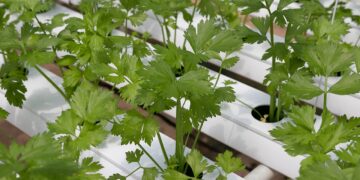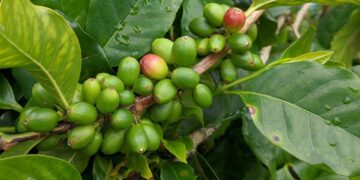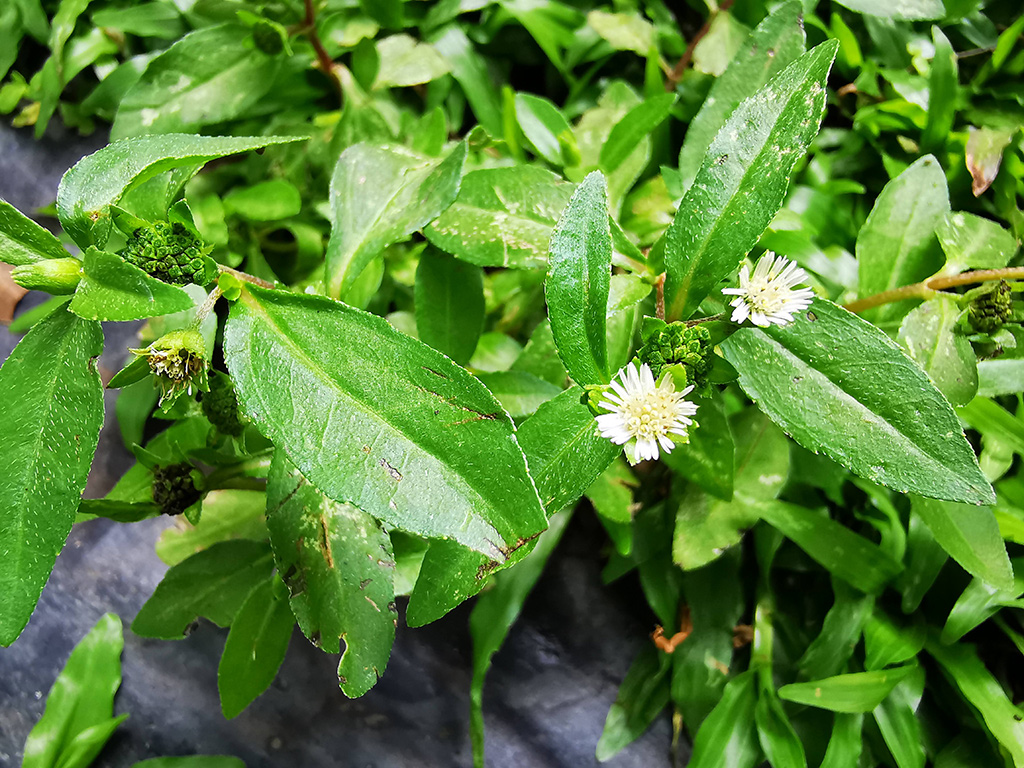Introduction of Jackfruit
The jackfruit or rice tree (Heraliya) is a very important fruit tree as a portion of food. It belongs to the mulberry family and is endemic to South and South Asia.
The Rice tree is best suited for tropical lowlands. Its fruits, namely jackfruit, are the largest in the world today. These nuts weigh up to 80 pounds (36 kg) and can grow up to 36 inches (90 cm) and 20 inches (50 cm) in diameter.
It has played an important role in Indian agriculture for centuries. Archaeological finds suggest that the plant was cultivated in India as early as 3000-6000 years ago. Further discoveries show that tree was one of the fruit trees used in gardening during the reign of King Ashoka, an Indian emperor.
The tree is also mentioned in the book “Brhat Samhita” by Varahamihira, an Indian astronomer, mathematician and astronomer. Also, when the tree is about 35-40 years old, its wood can be used to make furniture. The liquid in this tree is also used as a coating to close small holes in pots. Farmers also use this tree as a support for black pepper vines in Kerala, India. Therefore, jackfruit trees covered with black pepper vines are common in Kerala.
In Brazil, this tree is considered an invasive plant. In particular, the removal of these trees from the Tijuca Forest National Park in Rio de Janeiro. Tijuca Forest is an artificial living forest that began with tree planting in the mid-19th century. In the beginning, the jackfruit tree was also seen in the forest and later the garden management board proposed to remove these trees. The decision was prompted by the widespread presence of jackfruit trees throughout the forest, and the threat posed to native birds by some of the mammals that prefer the fruits of the jackfruit trees. As a result, park officials cut down 55,662 jackfruit trees between 2002 and 2007.
Classification and Nomenclature
| Botanical Name | Citrus sinensis |
| Kingdom | Plantae |
| Clan | Magnoliophyta |
| Type | Magnoliopsida |
| Subtype | Rosidae |
| Tribe | Sapindales |
| Genus | Rutaceae |
| Solid | Citrus |
| Species | Sinensis |
Nomenclature in Other Countries
The name jackfruit is derived from the Portuguese word “jaca”, which is derived from the Malayalam word “chakka”. The Portuguese first came to India in 1498. They landed on the Malabar coast in Calicut, India. The Malayalam name “chakka” first appears in the Latin book Hortus Malabaricus by Hendrik van Rheede (1678-1703). This was later translated by Henry Yule as “The Wonders of the East”. Jackfruit is also the national fruit of Bangladesh. The jackfruit tree has also been found in parts of Africa. Ex: In Uganda.
This tree is known by various names around the world. The English name here is “Jackfruit”. The name is also used in the 1563 book “Colquios dos simples e drogas da India” by Garcia de Orta, a physicist and naturalist. The botanist Ralph Randles Stewart (1795-1822) suggested the name William Jack (1795-1822), a Scottish botanist who worked for the East India Institute in Bengal, Sumatra and Malaysia. But, this “Jack” has been around since before William Jack was born
Benefits
Jackfruit wood is widely used in the manufacture of musical instruments.
Gamelean in Indonesia and kutiyapi in the Philippines, this jackfruit is used. The wood is also used to make the trumpets of Indian musical instruments such as the “harp”, “Mridangam” and “Kanjira” drums. Jackfruit is also widely used in furniture manufacturing and house building in India. Jackfruit wood is used to make the famous ornate wooden rake known as “Avani Palaka” used for Hindu festivals in Kerala.
It is widely used in window and door construction, home construction, and furniture manufacturing.
In addition, the bark of the jackfruit tree is used to make dyes for the robes of Buddhist monks.
Used as a milk tree in flowering rituals.
It is a staple of South and South Asian dishes. Raw jackfruit pulp can be eaten cooked and ripe jackfruit pulp can be eaten without cooking. Ripe jackfruit is divided into two types. They are firm or soft.

Jackfruit leaves are used in steaming dishes such as wax.
Jackfruit eaters, however, have many health benefits. Jackfruit pulp is very soft and easily digested. It is high in simple sugars, which are easily absorbed by the body and restore energy in an instant.
Also, the fibres in the epithelium are involved in the suppression of carcinogens. Jackfruit pulp is rich in vitamin A and flavonoids such as beta carotene, xanthine, lutein and beta-cryptoxanthin. These are antioxidants, which are important for eyesight and vitamin A for the skin. Furthermore, eating fruits/vegetables rich in vitamin A reduces the risk of lung and oral cancer. Like jackfruit pulp, eating jackfruit seeds is very beneficial. Jackfruit is a high protein food. Due to its micronutrients, it reduces stress and maintains skin health. Adding jackfruit to the diet protects skin moisture and increases hair strength. Also, jackfruits are rich in iron, which helps maintain a good haemoglobin production process. Especially if you depend on plant foods, regular consumption of jackfruit can reduce the risk of anaemia and other blood-related complications. Iron keeps the heart and brain health.
Contains vitamin B complex thiamine and riboflavin, which are found in the skin and hair. These are important for maintaining good health. Riboflavin also has antioxidant properties. Jack Bones contain several chemicals that are important for the body. Polyphenol antioxidants It has anti-cancer and anti-cancer properties. Saponins also kill cancer while there are times. Flavonoids reduce the risk of blood clots. These are dead due to their high fibre content
It is also rich in protein and can be used for muscle growth.








